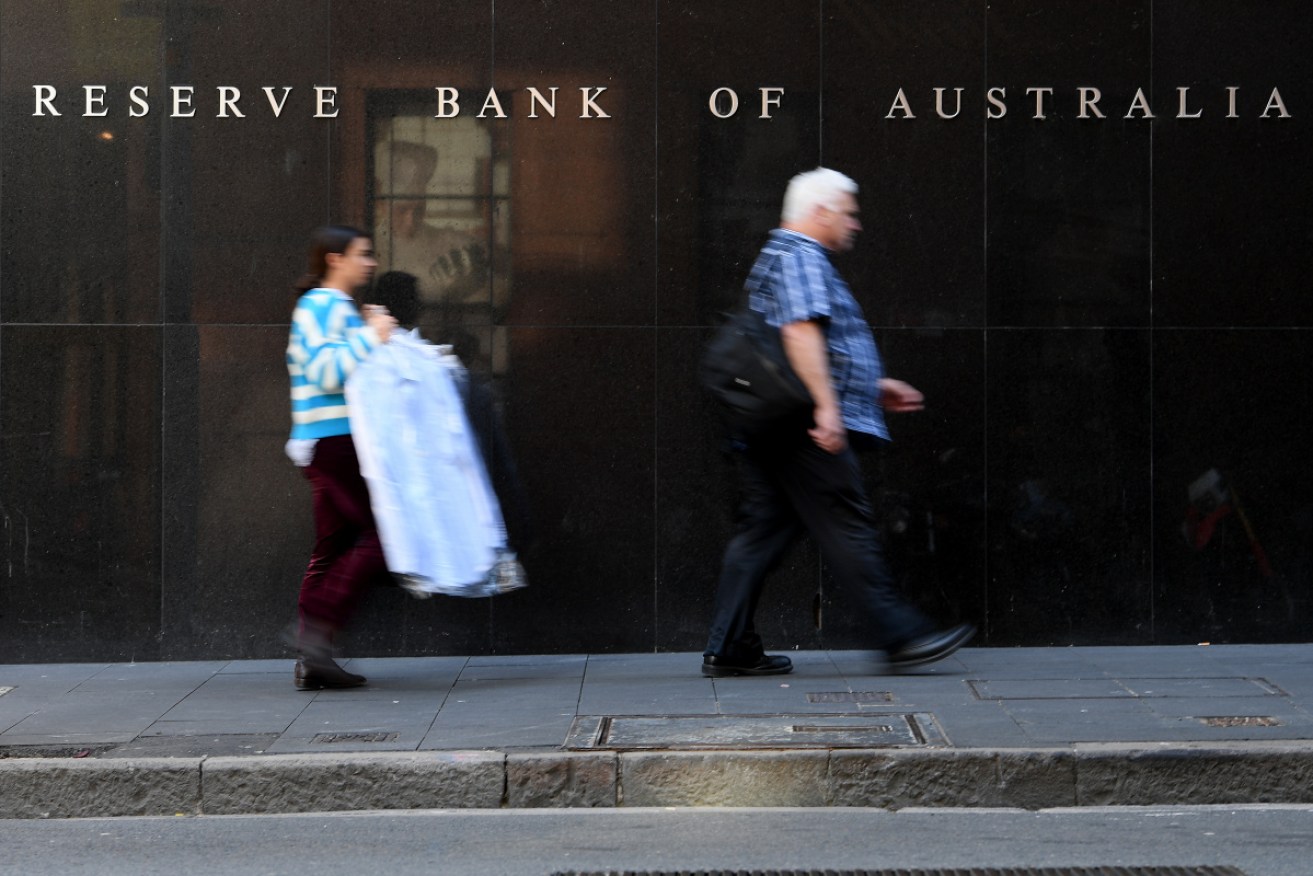The mounting case for the Reserve Bank to lift interest rates


As the reserve Bank's rate cuts become less effective, the case for an increase strengthens. Photo: AAP
The Reserve Bank is eyeballing another cut to the already record-low cash rate in February but some industry leaders suspect it could do more harm than good.
Since June, the Reserve Bank (RBA) has steadily cut interest rates from 1.5 per cent to the current 0.75 per cent in an effort to lessen consumers’ financial burden and stimulate the economy.
And while November’s RBA policy meeting resulted in a pause, another cut (down to 0.5 per cent) is widely predicted for February.
Over the past few months the effectiveness of the RBA’s cuts has however come under question, with banks and other lenders struggling to pass the cuts on to their customers.
Peter Marshall, data manager with financial services comparison site Mozo, told The New Daily the RBA is playing a “risky game” with the country’s economic health.
“The RBA has explicitly said they’re happy to go to 0.25 per cent, and I think somewhere around the middle of next year would make sense for that, giving time for the February cut that everyone is expecting to be a done deal at this point,” he said.
“The last rate cut in particular didn’t really seem to boost things much. It more just crashed consumer confidence, so I think they’d be wary about rushing through the two rate cuts we believe are left.”
Westpac chief economist Bill Evans shared similar concerns in the bank’s October consumer sentiment index, noting that consumer confidence was continuing to fall despite the rate cuts alleviating some of the pressure of repaying a mortgage.
“Typically, an interest rate cut boosts confidence, particularly around consumers’ expectations for and assessments of their own finances,” he said.
“In this survey these components of the index fell by 3.7 per cent and 4.9 per cent respectively. This may be because, despite the rate cut, assessments for the economy overall plunged by 6 per cent (the 12-month outlook) and 9.1 per cent (the five-year outlook).
Consumers are looking behind the reason for the rate cut and, arguably, the absolute level of rates and getting nervous.’’
While consumer sentiment recovered slightly by December (up to 95.1 from 92.8), it still reads below 100 – meaning more Australians have a pessimistic view of the economy than an optimistic one.
The case for an increase
With rate cuts becoming less and less effective, Mr Marshall said he would prefer to see the RBA increase rates at its next policy meeting.
“My view is that a small increase would say ‘Look, the economy is actually doing quite well’ and we’ve got confidence that people could afford these increases,” he said.
“Wages are still going up – not going up by as much as the RBA would like but they are going up – and I think all the negative talk about the economy is doing an incredible amount of harm that could be avoided.
“We’re talking ourselves into believing that it’s the end of the world, and I don’t see that being supported.”
Many borrowers would be unaffected by an increase too, Mr Marshall said, as many chose to keep paying the rates they were on before the cuts in order to pay debt faster.
But AMP chief economist Shane Oliver told The New Daily the idea that a rate increase will boost Australians’ confidence and give the economy a kick-start “doesn’t stack up that well”.
“The reality is that the economy has slowed down quite significantly, wages growth is very weak and has been of a long time, we have high levels of underemployment and what you call labour market underutilisation,” he said.
“We’re also performing quite poorly in terms of per capita GDP growth. We’ve barely seen our living standards rise over the past 12 months whereas in other countries they’ve seen growth in per capita GDP.”
Instead, Mr Oliver said the dip in confidence is being caused by the same factors that are driving the RBA to cut rates.
“It reminds me of someone suffering from an illness who for many years has been on some drug to control the illness and keep them alive,” he said.
“Then after a few years of this they say they don’t have the illness and the only problem is the pill they’re taking, so they stop taking it – they won’t get better, they’ll probably get worse.
“It’s the same with interest rates. People are confusing a source of help with the basic problem.”








